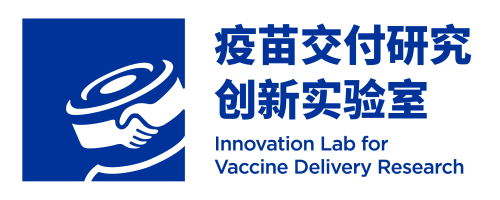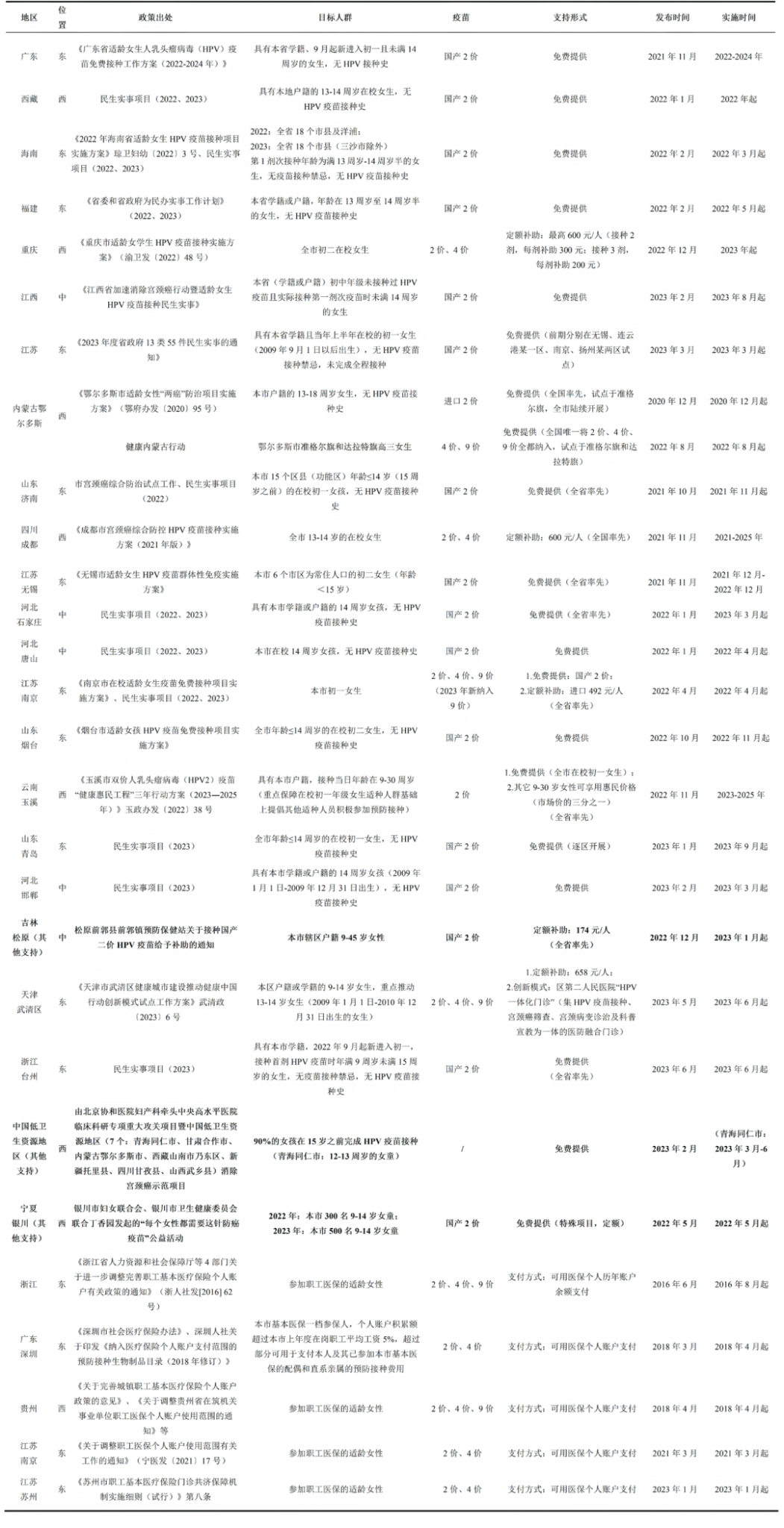Summary
India, a lower-middle-income country with over 1.4 billion people and 63.64% population residing in rural areas. Although India is fully self-financing, it is eligible for Gavi’s health system strengthening support for introduction of new vaccines into the national immunization schedule and to conduct campaigns
The National Immunization Schedule (NIS) was launched as EPI in 1978 and evolved into the Universal Immunization Programme (UIP) in 1985. The UIP offers 12 vaccines free of charge. Despite national-level coverage generally meeting WHO thresholds, disparities persist across states and among populations divided by caste, religion, gender, ethnicity, and urban–rural residence.
The UIP is managed by the Immunization Division under the Ministry of Health and Family Welfare (MoHFW). The National Technical Advisory Group on Immunisation (NTAGI) provides technical advice for decision-making in immunization schedules and logistics. Health workers in the health subcentres are the first contact point for immunization in rural areas. The primary health centers provide immunization services in urban areas.
The vaccine cold chain system is monitored and maintained by an online web portal. Real-time monitoring of coverage is facilitated through the Health Management Information System (HMIS). Adverse events following immunization (AEFI) are reported through the SAFE-VAC system, with multiple levels of response and documentation.
About NIP Country Case
The NIP country case was part of the WHO APO report Comparative analysis of the national immunization programmes in select ASEAN and SAARC countries: progress and challenges. The study was conducted by the VaxLab team in 2023-2024.
More in the report Chapter 2 (PDF Page 75/154):
https://iris.who.int/bitstream/handle/10665/380387/9789290620785-eng.pdf?sequence=1&isAllowed=y
Content Editor: Tianyi Deng
Page Editor: Ruitong Li





